Angus man John Murphy won a national award in recognition of living with diabetes for 50 years.
First diagnosed with diabetes at the age of nine, he’s seen many changes in the treatment of the condition.
And John, who grew up in Carnoustie, has been awarded the prestigious Alan Nabarro medal for courage and perseverance in managing diabetes for five decades.
Here, John looks back at how things have changed and how he never let diabetes hold him back from living a fully active, sporting life.
“Before I was diagnosed in 1972, I was drinking gallons of water or orange juice, constantly going to the toilet and losing weight,” John explains.
“I spent eight weeks in hospital while they stabilised my blood sugar levels.
Boiling the syringe
“I was put on one insulin injection a day. And my first insulin syringe was made of glass: to sterilise it my mum had to boil it before each injection!”
John remembers in those days there was no blood monitoring – instead he did urine tests. Though this didn’t stop him playing football for Kinloch Primary’s team.
“It was a difficult time for me,” says John. “My diabetes was out of control and I ended up in Maryfield hospital in Dundee.
“I missed a lot of schooling during that first year – but it didn’t stop me being told off for playing football in the hospital corridors and between the beds!”
John was also involved in other sports, making it more difficult to control his diabetes in those early years.
“During my teenage years, I came into contact with a young diabetic consultant, Ray Newton, at Ninewells Hospital,” says John.
“He was a great role model for me – very active and a keen rugby player. He and his team helped me understand how best to monitor my diabetes after physical exercise.”
Coming to terms with diagnosis
“I had difficulty coming to terms with my diagnosis,” John continues. “And so I didn’t communicate to people when I was beginning to get low in my blood sugar. The result of course was many hypos.”
In the 1980s, the first blood glucose monitor became available.
“It gave some benefit but was very sore on the fingers,” John explains.
“I remember my lovely mum gave me plenty of Mars bars to put in my pockets and down my socks for when I played football and rugby!”
John’s love of sport continued after he married Jane and became dad to twins Michael and Euan.
“In 1986, I moved onto the Novapen to injecting four times a day: Wonderful progress after the glass and disposable syringes!”
This was replaced by an insulin pump in 2015 – a small electronic device automatically releasing insulin into the body 24/7.
Glucose readings on an app
John says: “This made such a difference to my diabetes control – particularly during exercise – and you’d hardly even notice it.
“Three years on I was using the Free Style Libre system. It measures blood glucose through a small white sensor, the size of a 10p piece, on my upper arm.
“It provides real time glucose reading, both day and night. Average readings track to my phone via an app.”
Throughout these advances in treatment John has stayed active – cycling in Spain, walking the West Highland Way, duathlons, half marathons and playing rugby.
Advice for others with diabetes
He and Jane have moved to Shetland, where they’re active members of the leisure centre – enjoying squash, spinning, yoga and regular walks with their dog Louis.
The recognition of his 50 years thriving with diabetes from DiabetesUK, is something John is rightly proud of.
“I thank the health teams, my family, friends and colleagues for their time and patience during some difficult periods in my life. They’ve always supported me and help in my determination to lead a happy and healthy life!”
After 50 years successfully managing diabetes, John is clear what he’d tell his younger self now.
“Keep active and healthy, tell friends and teachers you are a type 1 diabetic and what to do if you have low or high blood sugar levels. And don’t be scared to ask for help.
“Do regular blood and Free Style Libre tests especially when you go to bed and before doing sporting activity or exercise.
“Here’s to the next 50 years!”
-
Click here for more information on living with diabetes.
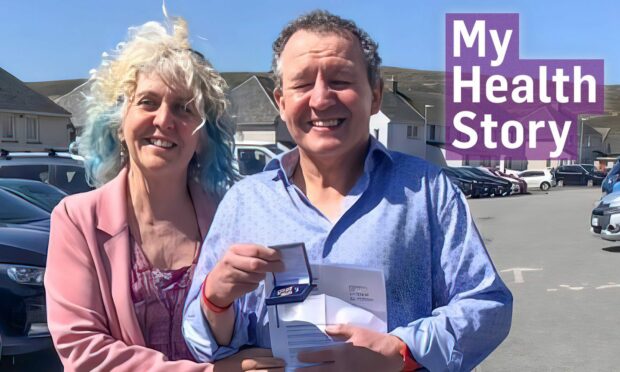


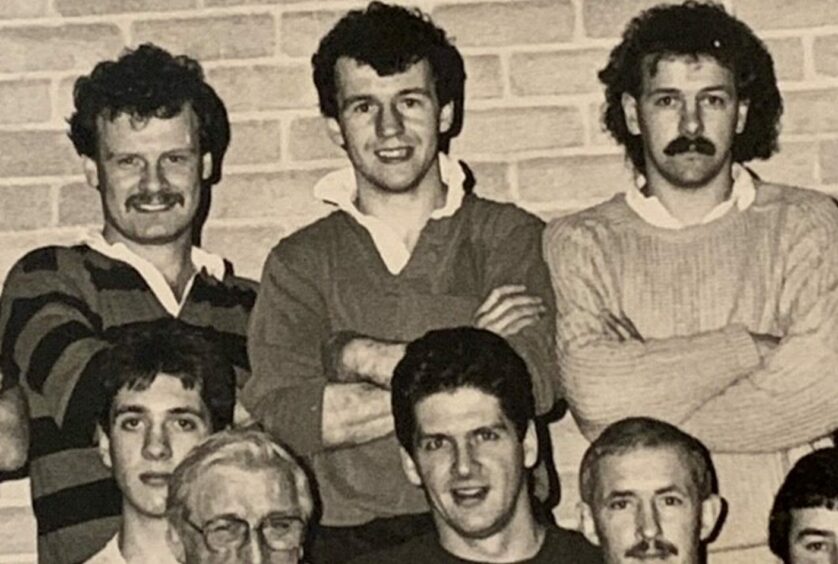


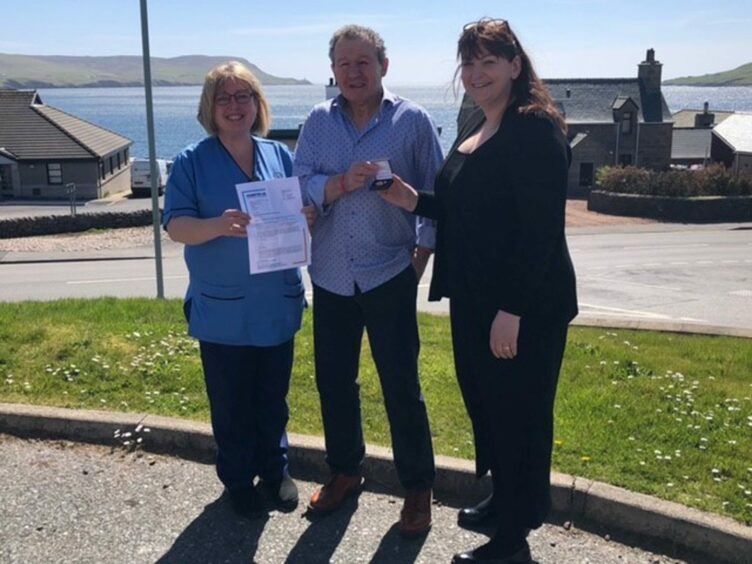

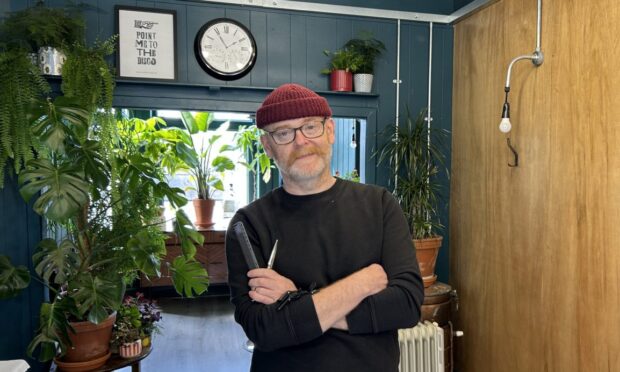
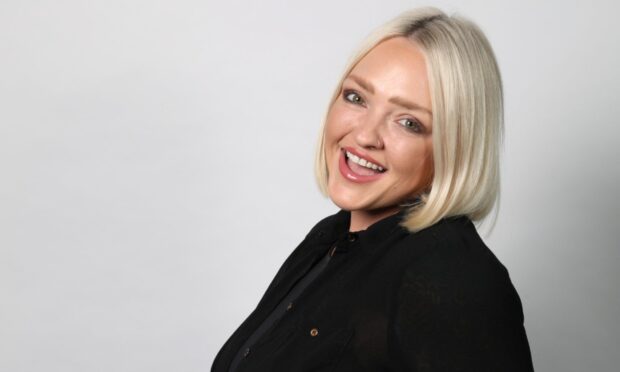
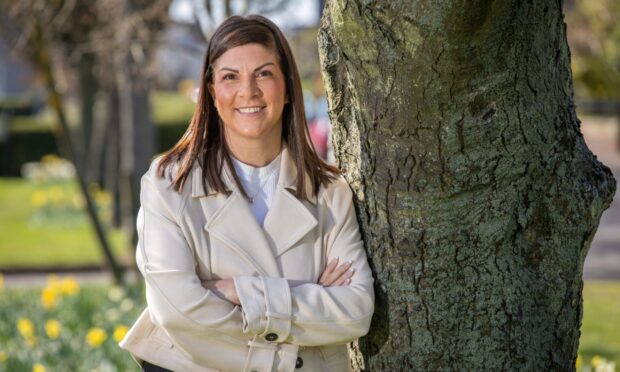

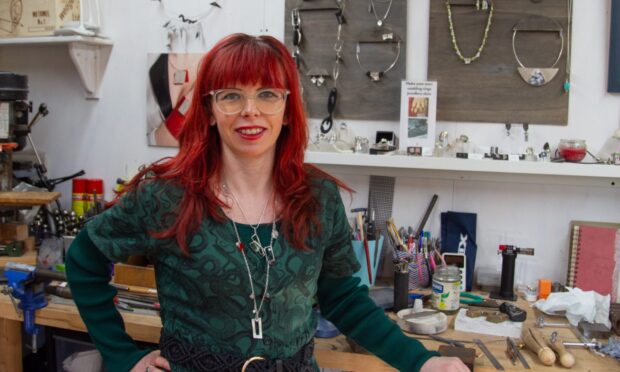
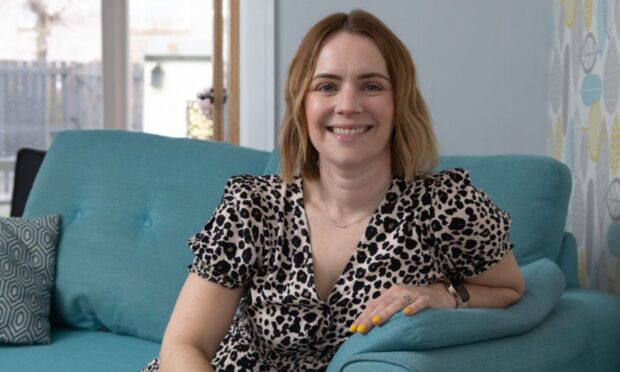
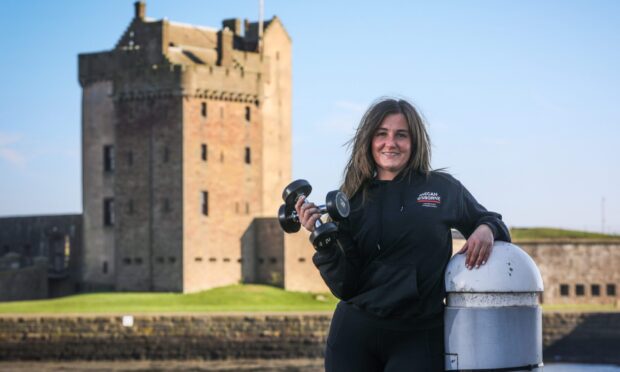


Conversation